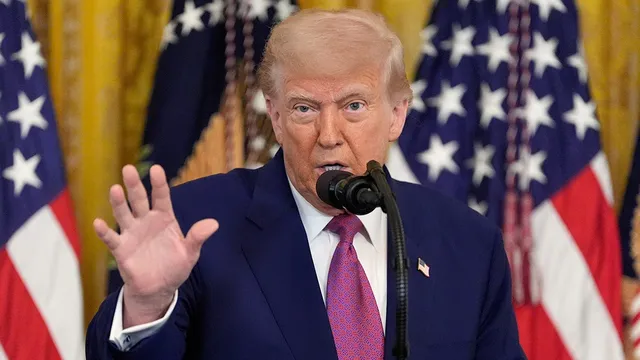
Donald Trump threatens legal action against media over Iran strike coverage
2025-06-29 18:00- The New York Times and CNN reported that U.S. strikes on Iran did not significantly hinder its nuclear program.
- Trump's attorney demanded retractions and accused the media of spreading false narratives.
- Both media outlets rejected the demands, affirming their commitment to accurate reporting.
Express your sentiment!
Insights
The controversy erupted following U.S. military strikes on Iranian nuclear facilities, which took place recently. President Donald Trump faced backlash from major media outlets, The New York Times and CNN, over their reporting that questioned the effectiveness of the attacks. Trump's attorney, Alejandro Brito, sent formal demand letters to both news organizations, seeking retractions and public apologies for what they claimed were 'false' and 'defamatory' reports. Trump accused the press of undermining U.S. military personnel and seeking to spin the narrative that the strikes were not successful. The reports from both outlets were based on leaked intelligence assessments which concluded that the strikes only delayed Iran’s nuclear advancements by a few months. This information contradicted Trump's assertions about the attacks being a significant success. The legal threats escalated when Trump specifically demanded that individual journalists be fired, holding them responsible for what he labeled as 'fake news' intended to discredit the military. Response from the media was swift, with representatives asserting their commitment to journalistic integrity. David McGraw, The New York Times’ lead courtroom attorney, firmly stated that no retraction was required, and that the organization fully stands by its reporting. Similarly, CNN expressed its support for its journalists, emphasizing their right to report and the public's entitlement to access information relevant to national security. These developments highlight the tensions between Trump’s administration and the press, particularly in how military actions and their assessments are reported. The ongoing conflict signifies a broader struggle over narratives of success and failure in U.S. foreign policy, focusing on how public perceptions may be shaped by competing news outlets.